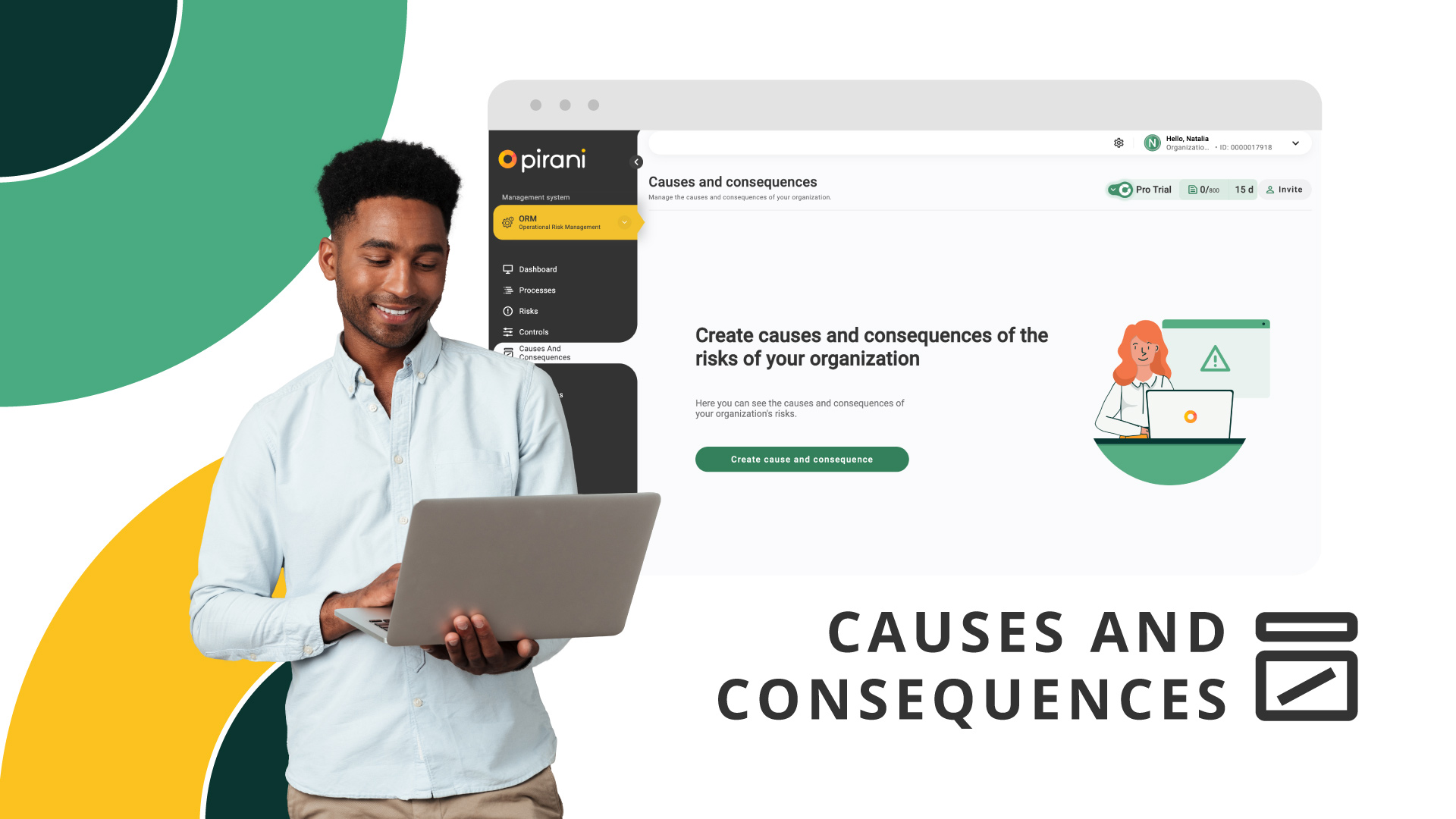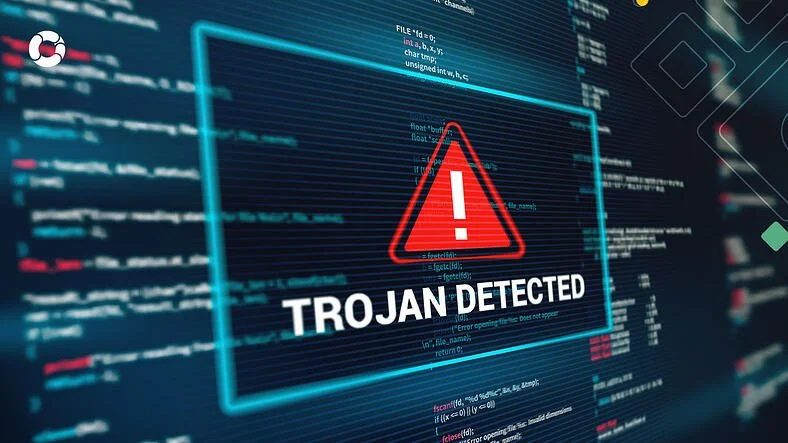Artificial intelligence, key to combat cyberattacks

Technology evolves to give more value to users and modify the physical or virtual environment of people, but there is concern that cybercrime also advances for the 'kidnapping' or theft of information, massive loss of data, as well as sabotage against organizations and governments .
Therefore, security companies seek to go one step ahead of cyberattacks, through artificial intelligence to detect events, react in advance, predict unusual behaviors or threats on computers and servers in order to respond in time.
Data analysis will be key to the fight against cybercrime. For this reason, experts use Machine Learning to collect information from security centers and cross it to analyze if systems exhibit unusual behavior, and when this is recorded, the system identifies and sends alert notifications, facilitating an immediate reaction.
However, hackers also use artificial intelligence to create new attacks and go unnoticed; they use autonomous machine learning to detect how organisms train their systems and analyze data to evade or filter the algorithm that protects information in the cloud.
The Fortinet FortiGuard Labs research team, a world leader in high-performance cybersecurity solutions, affirms that there are “significant advances in cybercrime tools and services that take advantage of automation and artificial intelligence, creating an environment that is increasingly difficult to secure ”. Read 4 cyberattacks you should know to protect your company.
Meanwhile, for the National Institute of Standards and Technology (NIST for its acronym in English, National Institute of Standards and Technology), not necessarily all companies with critical infrastructure have a mature program or sufficient technical experience to detect, evaluate and prevent cyber attacks.
For this reason, it issued Executive Order 13636, which establishes that the Cybersecurity Framework "will identify areas for improvement that should be addressed through future collaboration with particular sectors and standards development organizations."
For NIST - which is part of the United States Department of Commerce - although there are tools, methodologies and standards to reduce risk, they need to be more mature. Therefore, it will focus on supporting the development of better identity and authentication solutions through the NSTIC pilots and on conducting identity and authentication research.
The Institute's analysis shows that a dedicated IT security workforce is needed around the world to meet the unique needs of critical infrastructure. “There is a well-documented shortage of general cybersecurity experts; however, there is a growing shortage of qualified cybersecurity experts who also understand the unique challenges posed to specific parts of critical infrastructure. ”
Automate, the way
In the route proposed by the National Institute of Patterns and Technology, organizations must include the "automatic exchange of indicator data because it can provide timely and actionable information to detect and respond to cybersecurity events as they occur."
This helps mitigate and prevent attacks as they occur. "Receiving these indicators allows security automation technologies a better opportunity to detect past attacks, mitigate and remediate known vulnerabilities, identify compromised systems and support the detection and mitigation of future attacks."
Read: 5 good security practices you should know Likewise, the institute says in its roadmap that big data and associated analytical tools, along with the emergence of cloud, mobile and social computing, offer opportunities to process and analyze structured and unstructured data relevant to cybersecurity.
You May Also Like
These Related Stories

Know the components of the internal control of a company

Manage causes and consequences of your risks

Cyber-attacks: causes, types and consequences

Types of internal control in company

How to carry out the evaluation of the internal control system
.jpg)

No Comments Yet
Let us know what you think